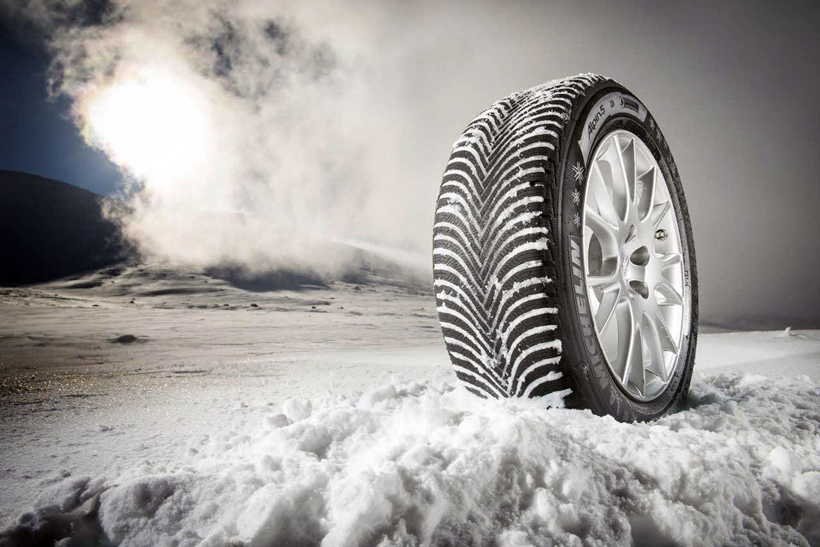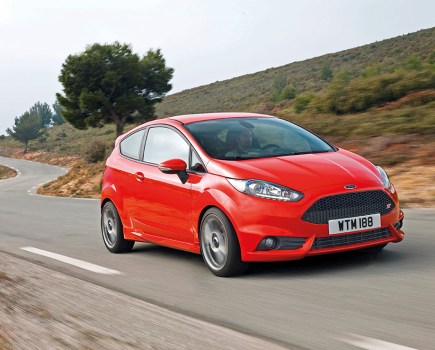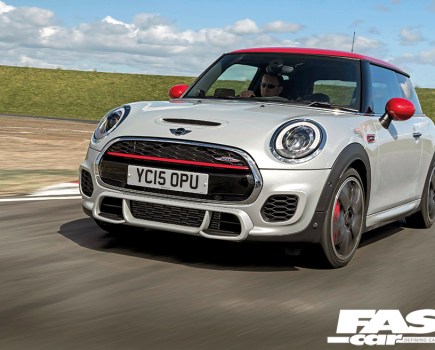Stupidly, tyres can often be one of the last parts of the vehicle drivers think about. A mistake that often results in tyre failure and a breakdown on the side of the road, one that could have been easily avoided.
As the winter approaches, it’s time to think about how roadworthy your vehicle is and whether you need to invest in some new winter tyres.
But don’t put it off too long, as you should buy your winter tyres before the extreme weather hits, as supplies can often be limited.
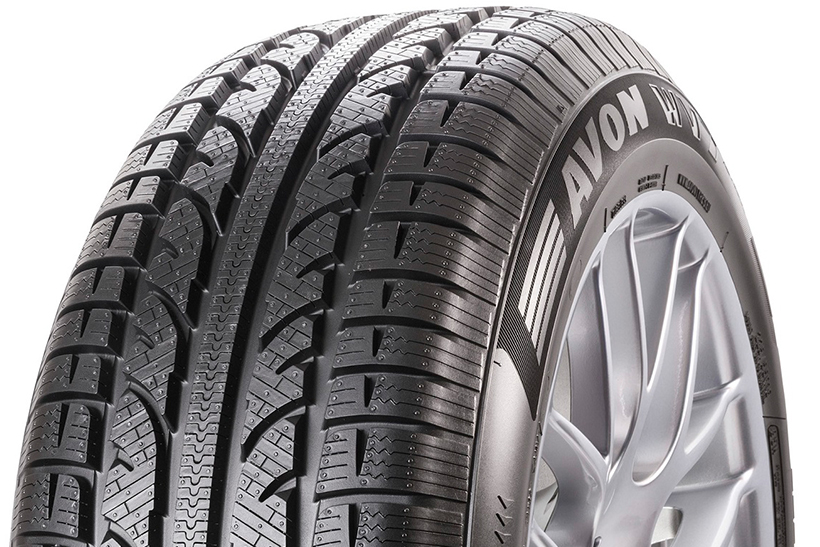
Here’s 7 things you should remember when changing to winter tyres:
1. Do you need a new set of tyres? Inspect the old ones to see if there is any unusual tread wear, bulges, change of color or damaged sidewalls. If in doubt, see a specialist.
2. Do you have uneven tyre wear? This can be a sign of suspension or misalignment issues. Test your car with a help of a mechanic before fitting new tyres; otherwise, you risk throwing money down the drain: the unsolved issue will ‘kill’ your new tyres very fast.
3. Check your vehicle’s handbook where the manufacturer specified what type of tyres and wheels your car needs: type of tyres and their size, width, load index, diameter, speed rating, aspect ratio, pitch circle diameter, and other characteristics. If you’re running non-standard wheels, do your research.
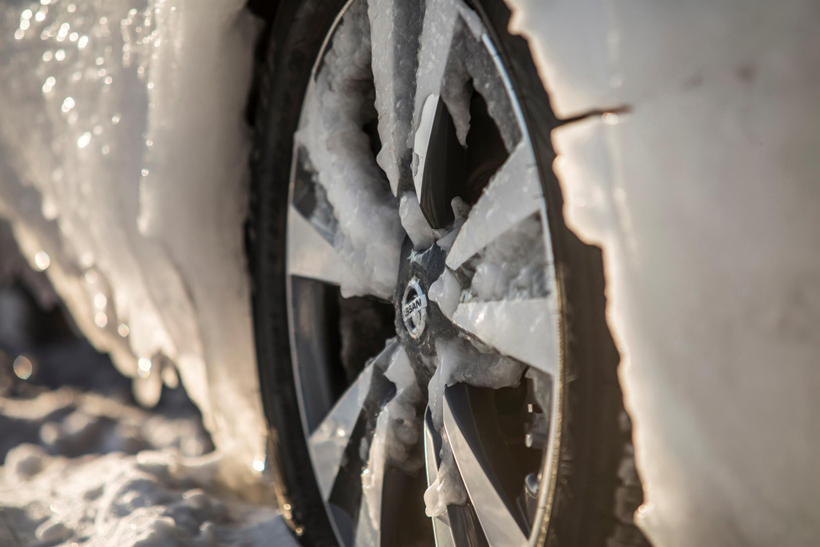
4. Read the sidewall marking on the new tyres you buy. It’s a code of a standard format, for example, P205/55R 16 91V:
• ‘P’ means passenger car;
• 205 is a tyres width in mm;
• 55 is the aspect ratio (which is actually the relationship of tyre’s height to its width, in %);
• ‘R’ means radial;
• 16 is the wheel’s diameter;
• 91 is the load index;
• ‘V’ is a speed rating of the tyre.
The sidewall information on new tyres should ideally matche what was prescribed by the manufacturer of your car.
5. Summer, winter, or all-season? Although you can legally drive on summer tyres in winter in the UK, why not upgrade to a higher tyre grip level by using winter tyres?
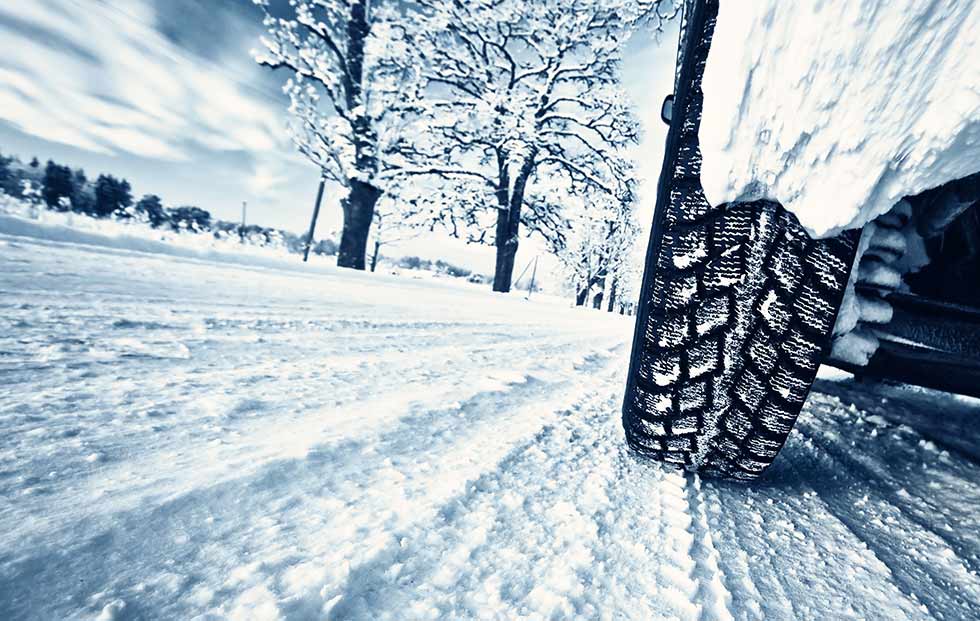
6. Purchase a full set – four new tyres – instead of replacing only those tyres that are worn the most. This way you invest in a better safety and superior handling.
7. Don’t forget about your spare! Ensure it is in a good condition and has the same specifications as other four new tyres do.

